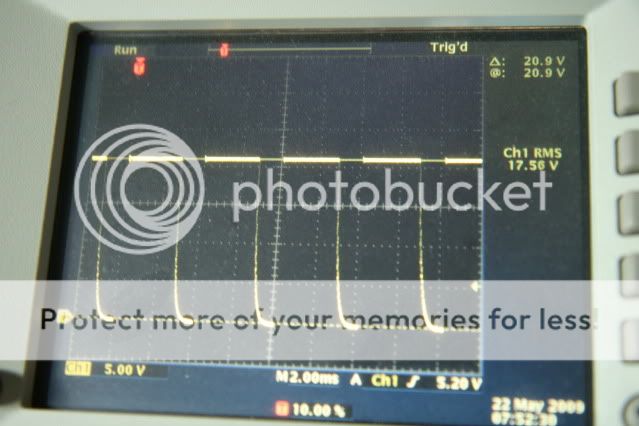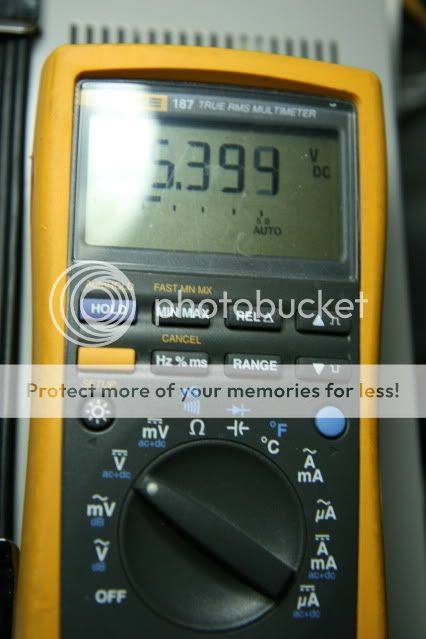From what I have read, and from my own bench experience with various Fluke's with and without the AC+DC mode, you can't really correlate very well the Fluke 179 and the Fluke 189 when measuring the PWD signal due to the varying duty cycle. How well it would correlate would depend on how close to a 50% duty cycle the PhD regulator would be running during your measurements. The RMS function on a "normal" True RMS Meter applies to a duty cycle around 50%, which is the narrow range in which the 179 would measure reasonably close. I experienced this on my Fluke 87 almost 3 years ago when testing the PWD driver from Willie Hunt, and being frustrated about the lack of "accuracy". You can see in this post how I am using the RMS equations to turn the non AC-DC measurements into the approx. value of the true RMS voltage:
https://www.candlepowerforums.com/threads/125451&highlight=Fluke
Once you depart from the 50% duty cycle (towards 0 or towards 100), then only meters with the AC+DC will be able to measure accurately, although once you get in the duty cycle in the 0-5%, not even the 189 measured correctly: I seem to remember it was something to do with the crest factor exceeding 6, or something like that. I "captured" this problem with the 189 last year in Alan's original collaboration thread, including this older post, where the lowest level was not even close, the next level up was close, and then on it was accurately giving me the expected voltage:
https://www.candlepowerforums.com/posts/2650581&postcount=15
Will




